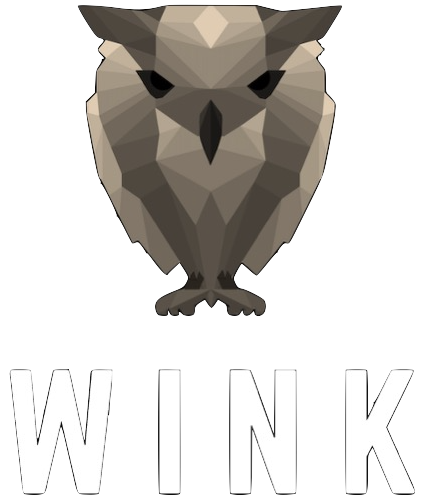2013 - The sleep and technology use of Americans
2013 - The sleep and technology use of Americans
Prof Mike Gradisar was like a kid in a candy store when he was invited on the panel of experts for the 2011 National Sleep Foundation Poll.
And he recalls the first conference call when the findings were announced. Nobody predicted how prevalent tech use was in the hour before bed. This problem was not going to go away. Read on…
Abstract
Study Objectives: To describe the technology use and sleep quality of Americans, and the unique association between technology use and sleep disturbances.
Methods: Interviews were conducted via random digit dialing (N = 750) or the Internet (N = 758). 1,508 Americans (13-64 years old, 50% males) matched to 2009 U.S. Census data provided complete interviews. The sample was further divided into adolescents (13-18 years, N = 171), young adults (19-29 years, N = 293), middle-aged adults (30-45 years, N = 469), and older adults (46-64 years, N = 565) to contrast different generations’ technology use. Participants answered a 47-item semi-structured survey, including questions about their sleep habits, and the presence and use of technology in the hour before bed in the past 2 weeks.
Results: Nine of 10 Americans reported using a technological device in the hour before bed (e.g., TVs the most popular; 60%). However, those under 30 years of age were more likely to use cell phones (72% of adolescents, 67% of young adults) than those over 30 years (36% of middle-aged, and 16% of older adults). Young adults’ sleep patterns were significantly later than other age groups on both weekdays and weekend nights. Unlike passive technological devices (e.g., TV, mp3 music players), the more interactive technological devices (i.e., computers/laptops, cell phones, video game consoles) used in the hour before bed, the more likely difficulties falling asleep (β = 9.4, p < 0.0001) and unrefreshing sleep (β = 6.4, p < 0.04) were reported.
Conclusions: Technology use near bedtime is extremely prevalent in the United States. Among a range of technologies, interactive technological devices are most strongly associated with sleep complaints.

